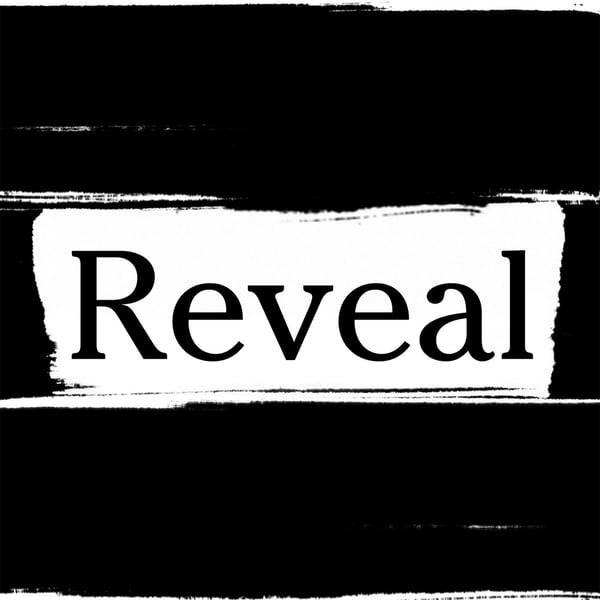The COVID Tracking Project Part 2
Reveal
The Center for Investigative Reporting and PRX
4.7 • 8K Ratings
🗓️ 22 April 2023
⏱️ 51 minutes
🧾️ Download transcript
Summary
This is the second episode in our three-part series taking listeners inside the failed federal response to COVID-19. In episode two, series host Jessica Malaty Rivera, along with reporters Artis Curiskis and Kara Oehler, asks a profound question: Why was there no good U.S. data about COVID-19?
In March 2020, White House Coronavirus Task Force coordinator Dr. Deborah Birx had a daunting task for healthcare technologist Amy Gleason, a new member of her data team. Her job was to figure out where people were testing positive for COVID-19 across the country, how many were in hospitals and how many had died from the disease. Accounting for national numbers about the disease was extremely difficult, because when COVID-19 hit, the federal government had no system set up to get data from each state.
Gleason was shocked to find that data from the Centers for Disease Control and Prevention wasn’t reflecting the immediate impact of the coronavirus. At the same time, the country was suffering from another huge shortfall: a lack of COVID-19 tests. As a congressional hearing in March 2020 clearly exposed, the CDC had created only 75,000 tests and had no plans to create the millions needed to make testing available nationwide. Dr. Birx and the Task Force also faced national shortages of medical supplies like masks and ventilators and lacked basic information about COVID-19 hospitalizations that would help them know where to send supplies.
Realizing that the federal government was failing to collect national data, reporters at The Atlantic formed The COVID Tracking Project. Across all 50 states, hundreds of volunteers began gathering crucial information on the number of cases, deaths and hospitalizations. Each day, they compiled the state COVID-19 data in a massive spreadsheet, creating the nation’s most reliable picture of the spread of the deadly disease.
Check out our whole COVID Tracking Project series here.
Support Reveal’s journalism at Revealnews.org/donatenow
Subscribe to our weekly newsletter to get the scoop on new episodes at Revealnews.org/newsletter
Transcript
Click on a timestamp to play from that location
| 0:00.0 | From the Center for Investigative Reporting in PRX, this is Reville. |
| 0:10.8 | I'm Al Etten. |
| 0:11.8 | Well, hey, hey, hey, today is Mardi Gras and people all over the world are gathering in |
| 0:17.1 | Nallands as they like to call it to celebrate. |
| 0:20.3 | In February of 2020, more than a million people crowded the streets and bars of New Orleans. |
| 0:26.7 | So we went to Mardi Gras. |
| 0:28.0 | Had a great time. |
| 0:29.5 | Amy Gleason was there with her husband. |
| 0:31.6 | She captured it on her phone. |
| 0:33.6 | That's a parade. |
| 0:35.6 | Lots of parade. |
| 0:37.6 | More parades. |
| 0:39.6 | Partying with 100,000 of my closest friends seems like another lifetime ago. |
| 0:59.3 | Like so many of us back then, Amy didn't understand the danger. |
| 1:03.2 | I remember, you know, like everyone hearing about COVID and mainly in China and then a little |
| 1:09.3 | bit. |
| 1:10.3 | It's kind of in Seattle. |
| 1:11.3 | But it really wasn't something I was thinking a lot about. |
| 1:14.9 | My family wasn't really talking about it. |
| 1:18.0 | On February 25th, the last day of Mardi Gras, there were only 10 confirmed cases of COVID |
| 1:23.5 | in the US. |
| 1:24.5 | But two weeks later, the nation had transformed. |
... |
Please login to see the full transcript.
Disclaimer: The podcast and artwork embedded on this page are from The Center for Investigative Reporting and PRX, and are the property of its owner and not affiliated with or endorsed by Tapesearch.
Generated transcripts are the property of The Center for Investigative Reporting and PRX and are distributed freely under the Fair Use doctrine. Transcripts generated by Tapesearch are not guaranteed to be accurate.
Copyright © Tapesearch 2025.

